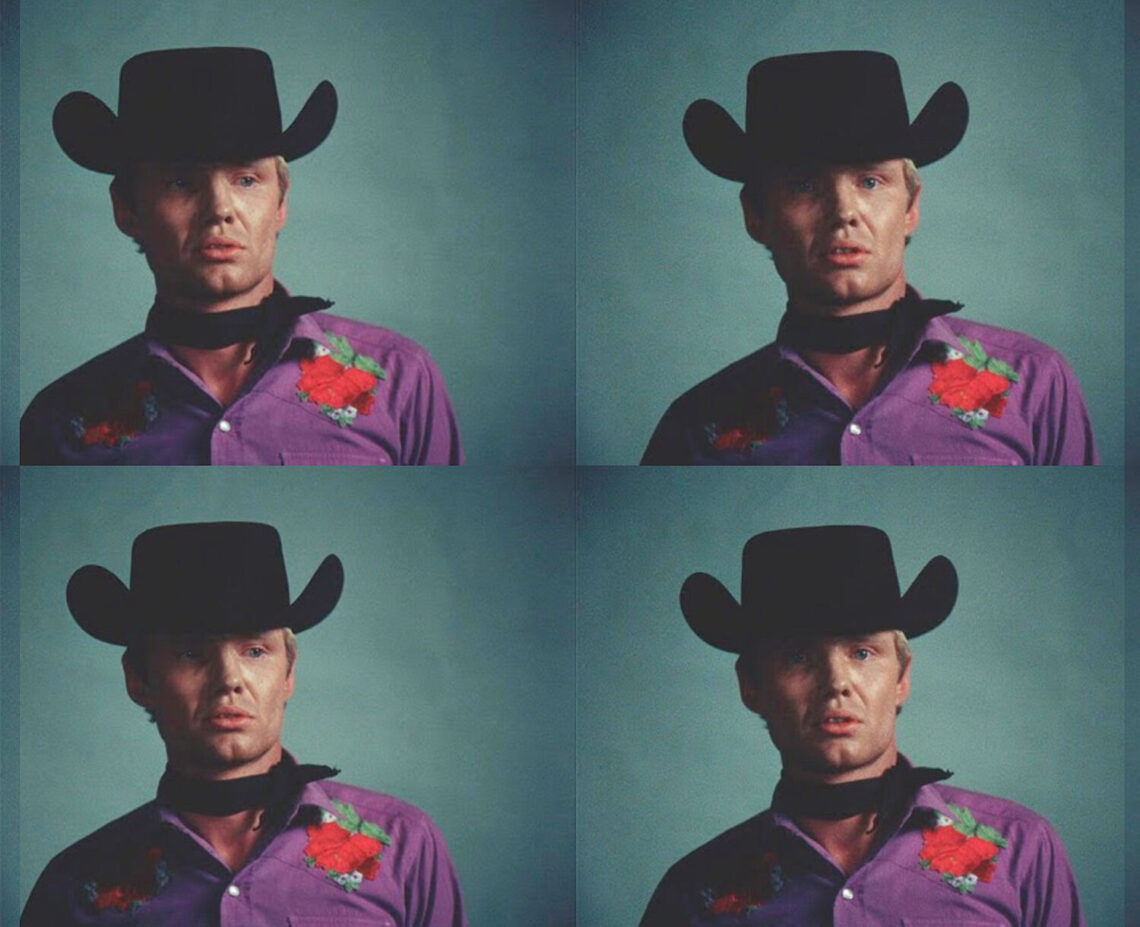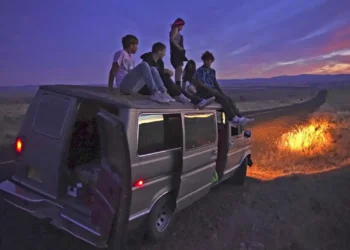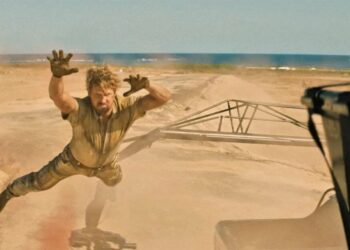When it opened in the theaters in 1969, John Schlesinger’s masterpiece Midnight Cowboy shook Hollywood to its core. The story of wannabe hustler, Joe Buck (Jon Voight), and his limping, brash compatriot, “Ratso” Rizzo (Dustin Hoffman), not only exposed audiences to the dark corners of society but condemned a system which left people dead on the street, which is portrayed in the movie’s opening montage with Harry Nilsson’s “Everybody’s Talkin’” on the soundtrack. Alongside Easy Rider the film jumpstarted New Hollywood, a movement which favored the complexities of character and setting on screen. Suddenly, movies weren’t just vehicles for entertainment, but living, breathing pieces of art that could speak to our collective fears.
Writer-director Nancy Buirski’s compelling documentary, Desperate Souls, Dark City & The Legend of Midnight Cowboy contextualizes this cultural juggernaut, which garnered Oscars for Best Picture, Best Director, and Best Adapted Screenplay. Midnight Cowboy is the only X-Rated movie to ever win Best Picture (though there’s nothing X-Rated about it). It stretched the boundaries of cinema by empathizing with its scandalous characters– not your usual protagonists, but instead, derelicts who got stepped over by heroes in other movies.
Inspired by Glenn Frankel’s 2021 book, Shooting Midnight Cowboy: Art, Sex, Loneliness, and the Making of a Dark Classic, Buirski casts a wide net over several topics in order to understand how a movie like this came to be. Clearly not interested in the making of the film as much as the dark personalities behind the camera and the tectonic cultural shifts in the country, Buirski makes her point in the opening: Midnight Cowboy wasn’t created in a vacuum but was the result of a country undergoing an identity crisis. If there was molten lava bubbling underground, Cowboy was the seepage that rose to the surface.
Like a lot of great films, Cowboy humanized those who’ve been ignored and…
Read the full article here







